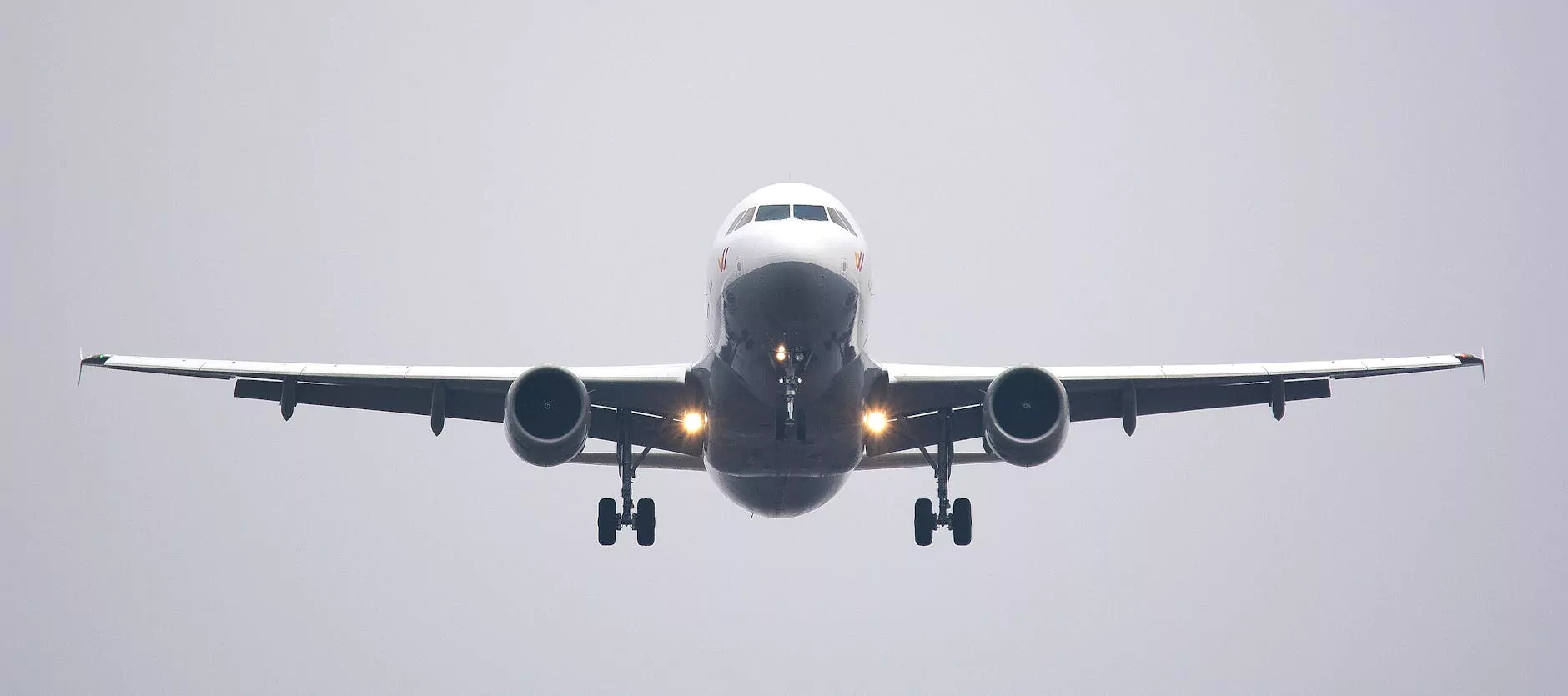Understanding Air Freight Estimates: A Comprehensive Guide

Air freight has become a crucial component of global trade and commerce, enabling businesses to transport goods quickly across long distances. Whether you are a small business looking to expand your market reach or a large corporation managing an extensive supply chain, understanding the intricacies of the air freight estimate process is vital to ensuring cost-effective and efficient shipping solutions.
What is an Air Freight Estimate?
An air freight estimate is a detailed calculation of the costs associated with transporting goods via air. This estimate typically includes various factors such as transportation charges, fuel surcharges, handling fees, and possible customs duties. Understanding how to obtain accurate air freight estimates can significantly assist businesses in budgeting and financial planning.
Key Factors Influencing Air Freight Estimates
Several factors influence the overall cost of air freight, and understanding these can help you make informed shipping decisions. Let’s delve into the primary elements that can affect your air freight estimate.
1. Weight and Volume of Goods
The weight and volume of your shipment are fundamental in calculating air freight costs. Airlines usually assess charges based on the greater of the actual weight or the chargeable weight, which is calculated using a specific formula. Chargeable weight is often determined in terms of dimensional weight, reflecting the amount of space the package occupies in relation to its actual weight.
2. Shipping Distance
The distance between the origin and destination airports significantly impacts freight costs. Longer distances typically incur higher charges due to increased transportation time and fuel consumption.
3. Type of Goods
The nature of the goods being shipped also influences rates. Certain items, like hazardous materials, oversized shipments, or perishable goods, may incur additional fees due to special handling requirements and regulatory compliance.
4. Air Freight Service Type
There are various types of air freight services available, ranging from standard freight to express courier services. Choosing a faster delivery option will increase your air freight estimate. The trade-off between speed and cost is an essential consideration for businesses.
5. Seasonal Demand
Air freight rates can fluctuate based on seasonal demand. Peak shipping seasons, such as holidays, can lead to increased prices and reduced availability of cargo space. Planning ahead can help mitigate these costs.
The Air Freight Estimation Process
To obtain an accurate air freight estimate, businesses can follow a systematic approach:
- Determine Your Shipping Requirements: Clearly define what you are shipping, its dimensions, weight, and destination.
- Choose Your Carrier: Research and select a reliable air freight carrier. Compare their rates and services.
- Request Quotes: Contact potential carriers and request air freight estimates based on your specific shipping needs.
- Compare Estimates: Evaluate the quotes received, paying attention to both prices and service offerings.
- Negotiate Terms: Don’t hesitate to negotiate terms and rates for better pricing.
- Finalize Shipping Arrangements: Once you have chosen a carrier, finalize the shipping arrangements and confirm the details.
How to Reduce Air Freight Costs
Reducing air freight costs without compromising service quality is a significant concern for many businesses. Here are several strategies that can help:
- Optimize Packaging: Use efficient packaging to reduce weight and volume, helping minimize dimensional weight calculations.
- Consolidate Shipments: Where possible, consolidate shipments to maximize cargo loads and take advantage of bulk pricing.
- Choose Cost-Effective Routes: Work with your freight service provider to identify the most economical shipping routes.
- Utilize Freight Forwarders: Freight forwarders can negotiate better rates and provide expertise in logistics management.
- Plan Ahead: Avoid peak seasons and plan your shipments well in advance to benefit from lower rates.
Understanding Freight Classifications and Tariffs
Another aspect to consider when seeking an air freight estimate is freight classifications and tariffs. Air cargo rates are often determined by freight classification, which categorizes goods based on their characteristics and value.
Common classifications include:
- General Cargo
- Special Cargo (e.g., perishables, live animals)
- Dangerous Goods
Understanding these classifications can help avoid unexpected charges and ensure compliance with shipping regulations.
The Role of Technology in Air Freight Estimation
In today’s digital world, technology plays a key role in streamlining the air freight estimate process. Many logistics companies now utilize advanced software and online platforms that provide real-time quotes based on a range of variables, including location, weight, and desired delivery speed.
Benefits of Using Freight Management Software
Utilizing freight management software offers numerous advantages:
- Real-Time Data: Get instant quotes based on up-to-date information.
- Enhanced Visibility: Track shipments and monitor their status throughout the shipping process.
- Improved Efficiency: Automate manual tasks and reduce the likelihood of errors in shipment details.
- Cost Management: Analyze shipping patterns and costs to identify opportunities for savings.
Frequently Asked Questions (FAQs) About Air Freight Estimates
1. How long does it take to get an air freight estimate?
Typically, you can receive an air freight estimate within 24 to 48 hours after providing the necessary shipment details to your carrier or freight forwarder.
2. Are air freight estimates binding?
No, air freight estimates are not always legally binding. They act as a guideline for expected costs, but final charges may vary based on actual shipment conditions and additional fees.
3. Can I use different carriers for different legs of my shipment?
Yes, multi-carrier service is common in logistics, especially for international shipments. However, coordinating between them requires careful planning to ensure smooth transitions.
Conclusion: Maximizing the Benefits of Air Freight Estimates
In conclusion, understanding the intricate details of obtaining an air freight estimate is crucial for any business engaged in international shipping. By considering various factors that influence air freight pricing, effectively utilizing technology, and implementing cost-reduction strategies, companies can improve their supply chain efficiency while managing expenses effectively. The insights provided in this guide will empower businesses to make informed decisions, foster smoother logistics operations, and ultimately enhance their profitability in the ever-competitive landscape of global trade.









